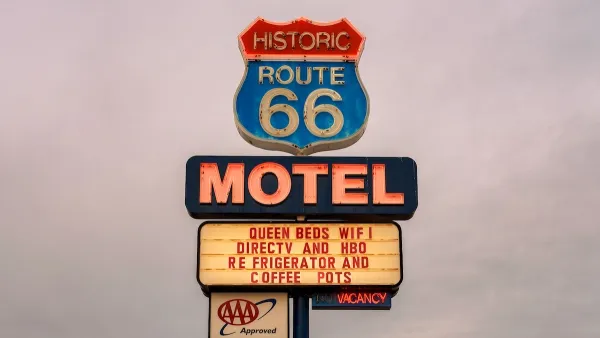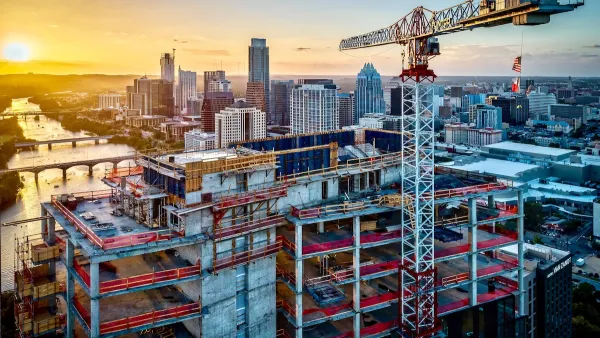C.J. Hughes looks at the $40 million conversion of the historic Loray Mill in Gastonia, North Carolina into a mixed-use retail and residential complex. Federal and state tax credits are providing the incentives for investors to back the project.
"After a complicated 20-year effort to save a redbrick mill in North Carolina that was once considered the largest in the world for textiles and that played a significant role in the South’s textile history, the plant is finally moving toward a new life as a multiuse complex," says Hughes. The project will surely please preservationists, who helped save the building from demolition in the late 1990s, and saw several reuse proposals come and go since.
"Gastonia officials, too, say there’s a lot to like about a project that continues decades of effort to remake a longtime industrial center as a bedroom community of Charlotte, which is just 30 minutes away," adds Hughes. "At the very least, they say that a redeveloped Loray (pronounced LOW-ray) could revitalize its immediate neighborhood, whose sidewalk-lined blocks once bustled with mill workers but have long since grown quiet. The mill is on the west side of town in a primarily residential area where boarded-up buildings dot the main commercial drag."
“When you put this many apartments and businesses in an area where there’s been so much disinvestment, it’s enough to create its own weather,” said Jack Kiser, Gastonia’s senior executive for special projects. “It will have a catalytic effect.”
FULL STORY: A Historic Textile Mill Begins a New Chapter

Planetizen Federal Action Tracker
A weekly monitor of how Trump’s orders and actions are impacting planners and planning in America.

Restaurant Patios Were a Pandemic Win — Why Were They so Hard to Keep?
Social distancing requirements and changes in travel patterns prompted cities to pilot new uses for street and sidewalk space. Then it got complicated.

Map: Where Senate Republicans Want to Sell Your Public Lands
For public land advocates, the Senate Republicans’ proposal to sell millions of acres of public land in the West is “the biggest fight of their careers.”

Maui's Vacation Rental Debate Turns Ugly
Verbal attacks, misinformation campaigns and fistfights plague a high-stakes debate to convert thousands of vacation rentals into long-term housing.

San Francisco Suspends Traffic Calming Amidst Record Deaths
Citing “a challenging fiscal landscape,” the city will cease the program on the heels of 42 traffic deaths, including 24 pedestrians.

California Homeless Arrests, Citations Spike After Ruling
An investigation reveals that anti-homeless actions increased up to 500% after Grants Pass v. Johnson — even in cities claiming no policy change.
Urban Design for Planners 1: Software Tools
This six-course series explores essential urban design concepts using open source software and equips planners with the tools they need to participate fully in the urban design process.
Planning for Universal Design
Learn the tools for implementing Universal Design in planning regulations.
Heyer Gruel & Associates PA
JM Goldson LLC
Custer County Colorado
City of Camden Redevelopment Agency
City of Astoria
Transportation Research & Education Center (TREC) at Portland State University
Camden Redevelopment Agency
City of Claremont
Municipality of Princeton (NJ)





























